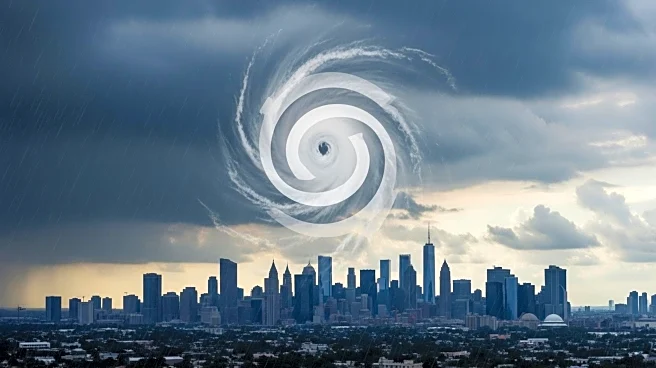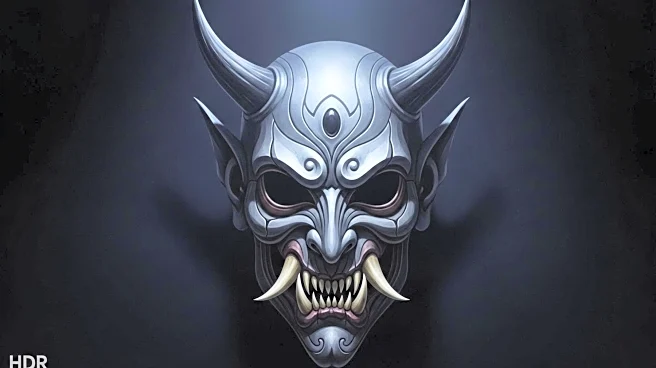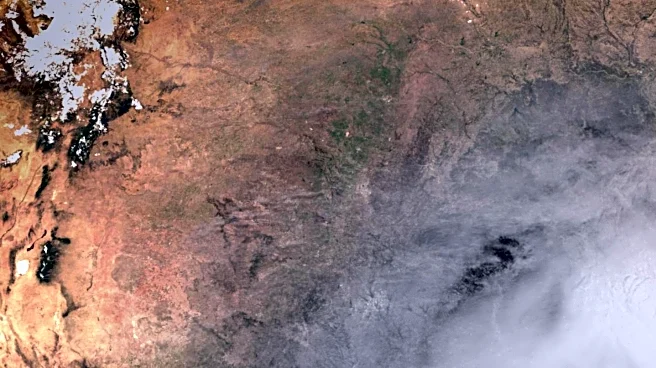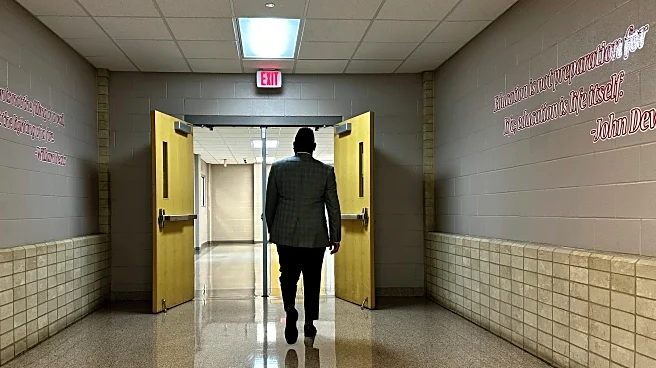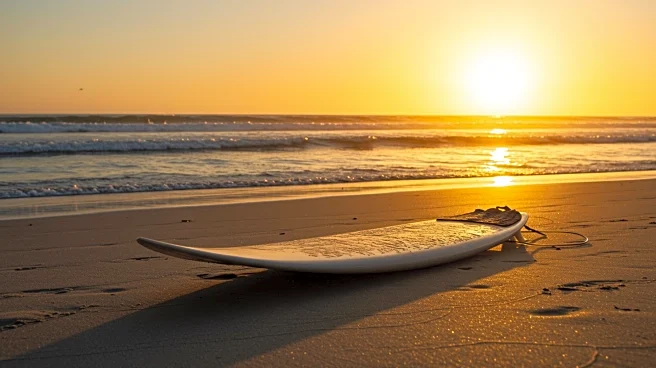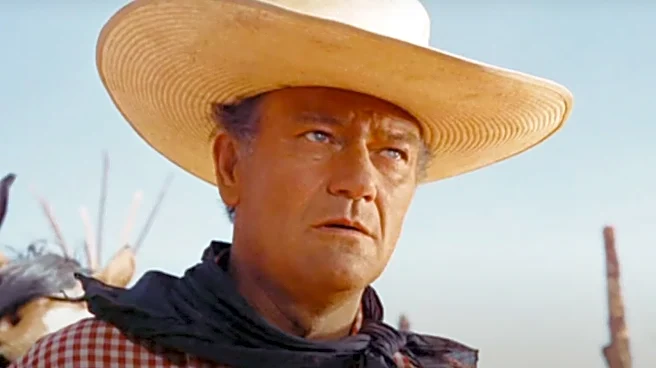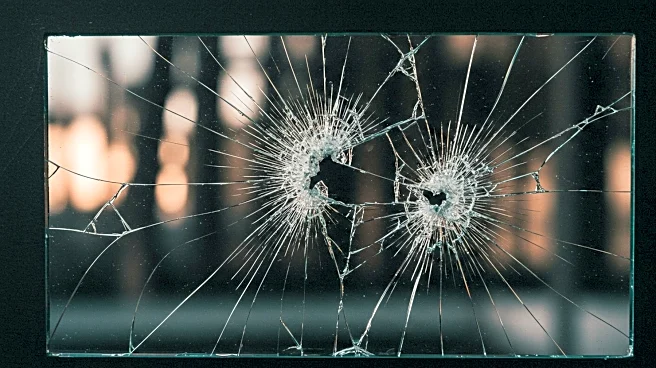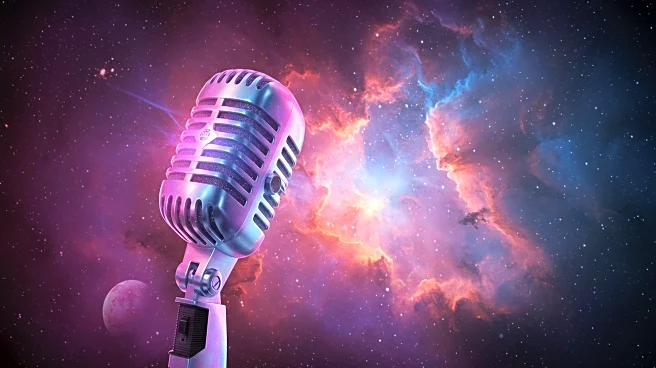What's Happening?
Spike Lee, renowned filmmaker, is revisiting the aftermath of Hurricane Katrina with a new three-part series titled 'Katrina: Come Hell and High Water.' This series marks the 20th anniversary of the hurricane that devastated the Gulf Coast, particularly New Orleans, where 80 percent of the city was submerged due to flood prevention breaches. The hurricane caused $125 billion in damages and an estimated 1,800 deaths. Lee's previous documentary, 'When the Levees Broke: A Requiem in Four Acts,' captured the immediate aftermath of the disaster. The new series, streaming on Netflix, offers a reflective look at the past two decades, featuring episodes directed by Lee, Geeta Gandbhir, and Samantha Knowles.
Why It's Important?
The series provides a platform for New Orleans residents to share their experiences and reflections on the long-term impacts of Hurricane Katrina. It highlights the ongoing challenges faced by the community in rebuilding and recovering from one of the most costly natural disasters in U.S. history. By revisiting the event, the series aims to keep the conversation alive about disaster preparedness, government response, and the resilience of affected communities. It serves as a reminder of the importance of effective flood prevention and emergency management strategies, which are crucial in mitigating the effects of future natural disasters.
What's Next?
The release of 'Katrina: Come Hell and High Water' may prompt renewed discussions among policymakers, environmentalists, and community leaders about improving infrastructure and disaster response systems. It could lead to increased advocacy for better support and resources for vulnerable communities. Additionally, the series might inspire further documentaries and media projects that explore the long-term effects of natural disasters on society.
Beyond the Headlines
The series delves into the cultural and social dimensions of Hurricane Katrina's impact, exploring how the disaster reshaped the identity and demographics of New Orleans. It raises questions about environmental justice and the disproportionate effects of climate change on marginalized communities. The documentary also reflects on the role of media in shaping public perception and policy responses to such events.
